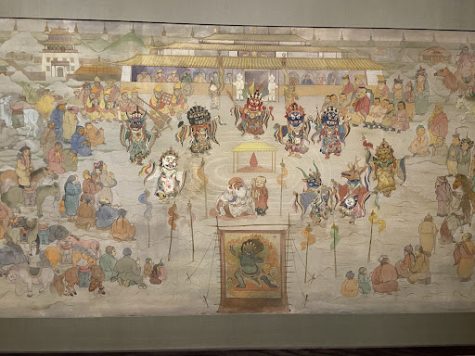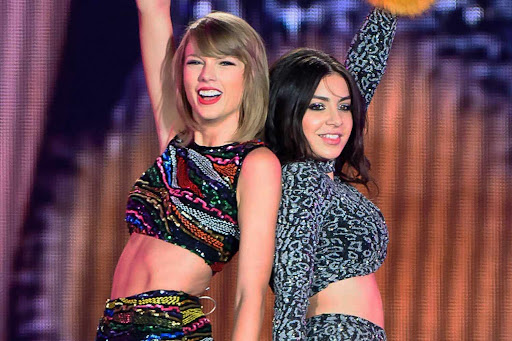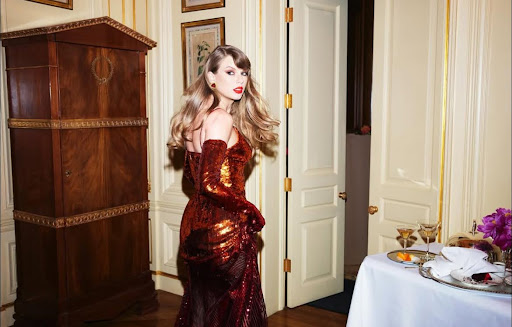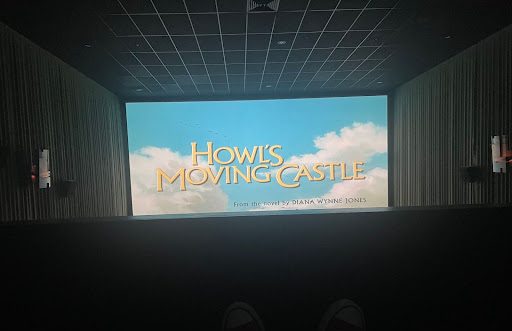
When you think of South Asian dance, what comes to mind? The coordinated, high-energy dances of Bollywood? Or the ancient dances that are as old as the countries themselves? From November 11th through February 5th, The Cincinnati Art Museum explores South Asia’s dances as part of an integral piece of religion and culture through an exhibition that displays statues, paintings, and videos of various dance performances.
I got the opportunity to see this exhibition in person over the weekend. I was struck by the carefully curated pieces that spanned hundreds of years and were from many South Asian cultures, from up in the Himalayas, to down in South India. The exhibition connected dance to worship, glorification, everyday life, and joy. The first segment of the collection explored dance as a medium of worship for the people of South India. Figures like Nataraj, a representation of the Hindu God Shiva as the Lord of Dance was the first figure I saw when entering the exhibition. Being from South India, I am familiar with Nataraj as a figure that is present in many places of worship and dance, serving as a symbol for the cycle of creation, preservation, and destruction. From there, the exhibition revealed the ties South Asian dance has to the gods of both creation and destruction. In this way, dance became not only a joyous form of self-expression but also a way to channel one’s anger and negative emotion while worshipping God.

The exhibition also focused on how the art of dance was used in a way to glorify kings. Dancers would often put on elaborate dances invoking the stories of Gods in front of ancient kings as a way to show how holy those kings were. Many statues, paintings, and videos of these dances were present in the exhibition to show the splendor and grandeur of these court dances. The bright paintings and exquisitely carved states truly drew me into the colorful dances of old.

As the exhibition came to an end, there were dances from modern times included as well. Dance, like every art form, is still an important part of South Asian culture. Videos and posters of dance sequences in movies immersed me in the rich history of dance in film. My personal favorite was a film projected on a wall of a street scene in Singapore. People, in their everyday outfits we’re performing their countries’ traditional dances. The mundaneness of everyday life combined with the elegance of their dances beautifully portrayed the impact of dance in the lives of South Asians today.
I would recommend this exhibit to anyone who is interested in learning more about South Asian culture. After February, the exhibit will go to the Asian Art Museum in San Francisco, so catch it while you can!
Click here for the link to buy the tickets.


















